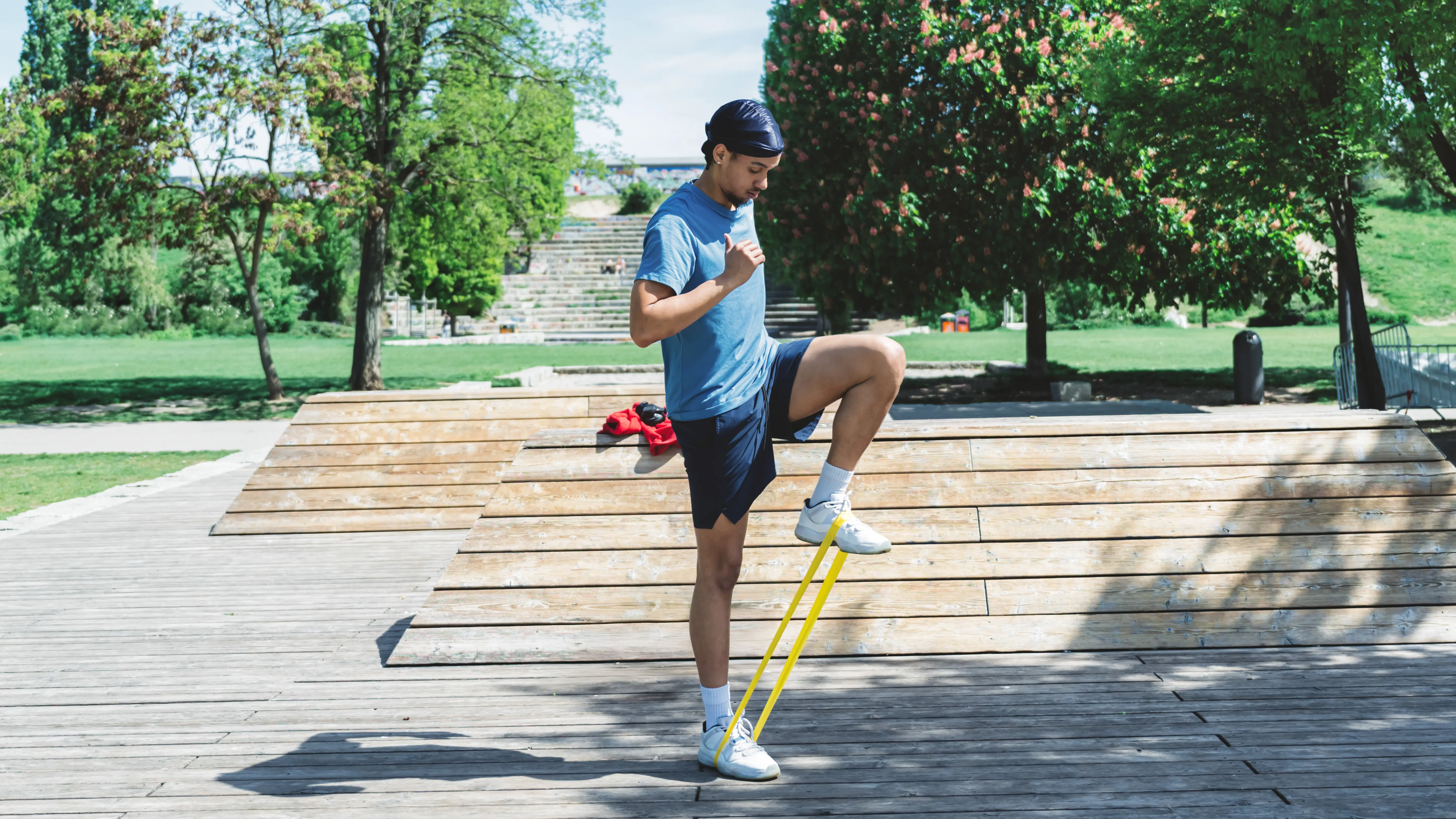T4K3.news
Yoga moves ease back pain
Experts share four poses to relieve stiffness from long desk hours.
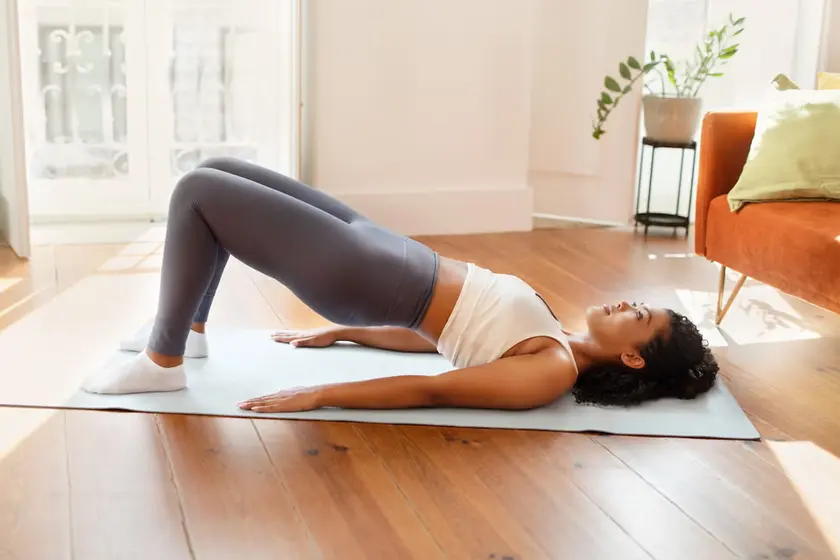
A desk bound back health piece offers four gentle yoga poses to relieve stiffness.
Yoga expert outlines four moves to ease back pain
Sitting for long hours at a desk can trigger back pain in the lower and upper back. The article highlights four poses taught by Annie Landa of the Alo Moves app: cat-cow stretch, sphinx pose, supine twist, and bridge pose. It explains how to perform each move and suggests starting from child’s pose and using props to keep movements safe. It also advises consulting a doctor or physical therapist if pain is acute or chronic.
The piece emphasizes how yoga can improve flexibility, posture, and awareness of daily movement, potentially easing pain over time. It notes that gentle styles such as Hatha, Iyengar and restorative yoga are accessible for beginners and that regular practice can fit into daily life after travel or a long day at a desk.
Key Takeaways
"Listen to your body first and avoid pushing into pain."
Landa on safety during practice
"Start small. Even just 10–15 minutes a day can make a difference."
Daily habit guidance
"Yoga isn’t about holding impressive poses, it’s about learning to be present in your body."
Philosophical takeaway
"Gentle styles like Hatha, Iyengar and restorative yoga are ideal for those with back pain."
Expert recommendation
The article mirrors a broader shift toward at home wellness routines that promise real relief with modest time. It frames yoga as a practical, low cost approach to back health, but it risks oversimplifying chronic pain and encouraging self treatment without medical guidance.
By foregrounding gentler styles and the use of props, the piece promotes accessibility while inviting questions about who bears the risk if someone starts unsafely. It hints at workplace wellness potential but stops short of addressing guidance gaps, supervision, and inclusivity in at work programs.
Highlights
- Move slowly, breathe, and listen to your spine
- Ten minutes a day beats none
- Consistency turns pain into progress
- You don’t need perfect poses to find relief
Small daily steps can reshape daily comfort.
Enjoyed this? Let your friends know!
Related News
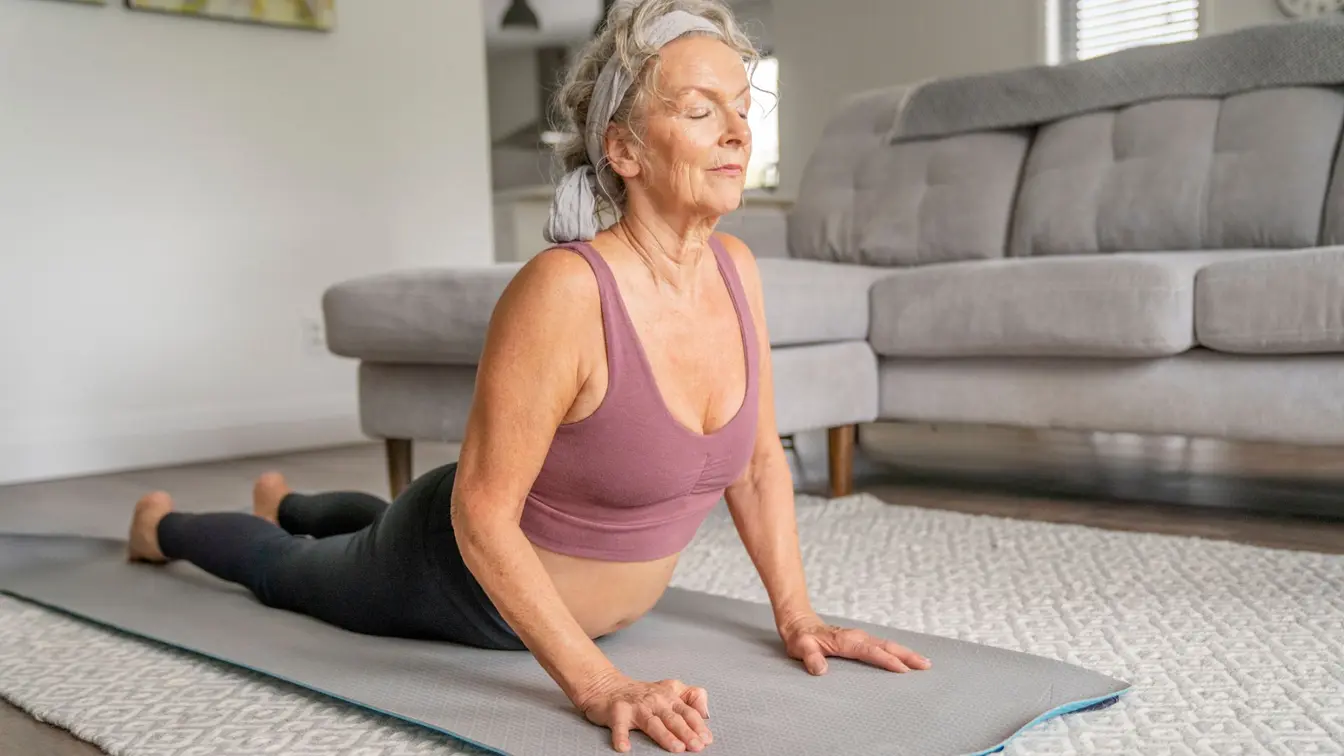
Morning stretches ease back tension

Back pain affects millions globally

Seven hobbies help seniors stay active

Posture myth challenged by simple advice
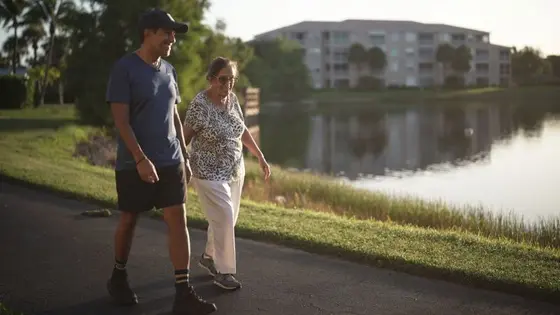
Natural pain relief explored by experts
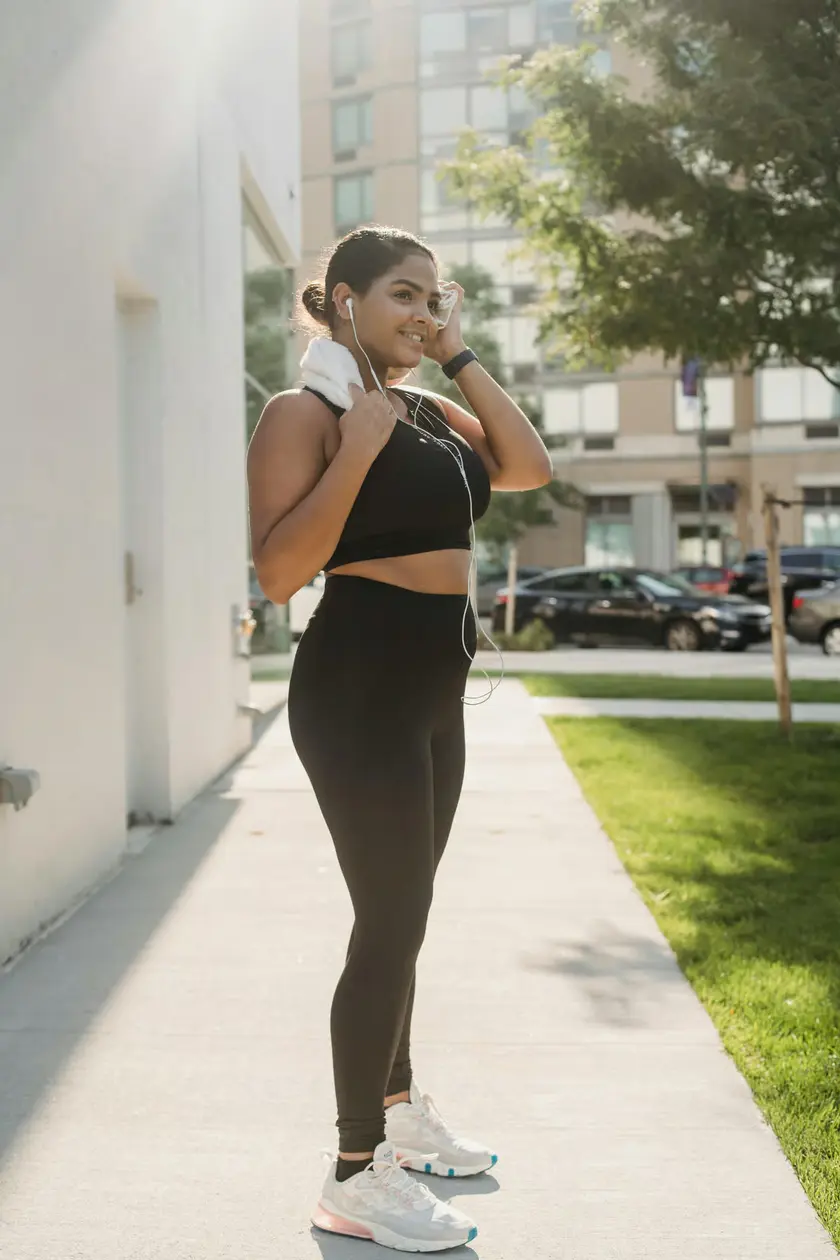
Posture walking gains traction
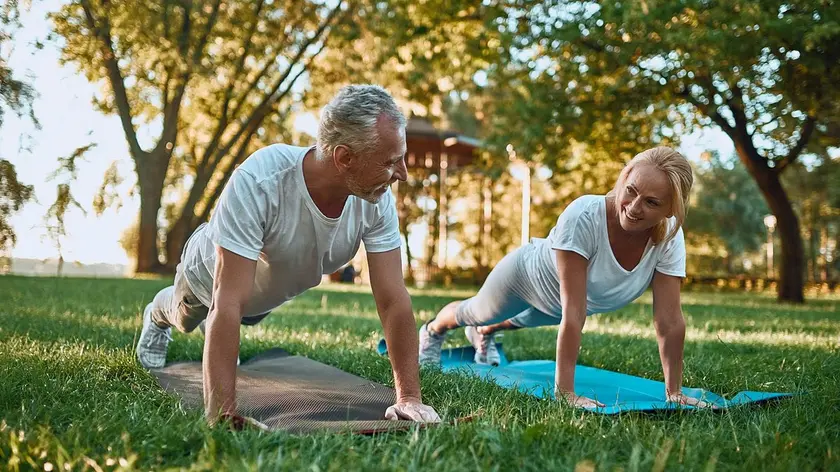
New guidance on midlife exercise

Ben O'Connor wins Tour de France stage 18
